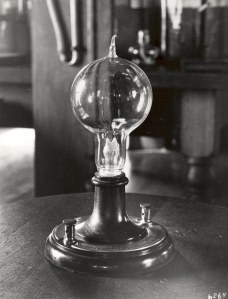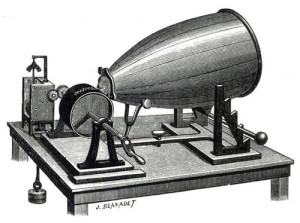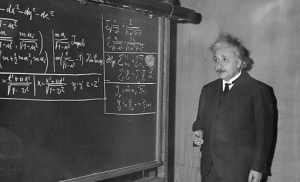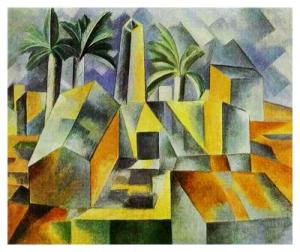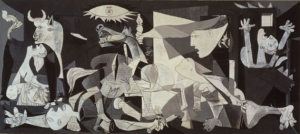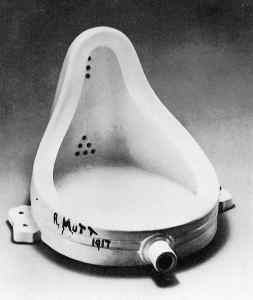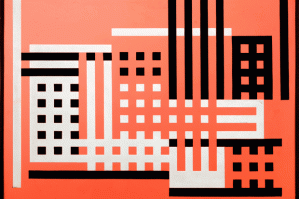What technological developments happen at the start of the ‘modern age’?
At the start of the ‘modern age’, there were a lot of technological developments that were being achieved.
We can take as an example the light bulbs, movie cameras and sound recording. All of these creations, although developed for many, are credited to Thomas Edison. After many inventors looked for ways to convert electricity to light, in 1879 Edison successfully produced a light bulb that burned for thirteen and a half hours; eventually, Edison was able to create a bulb that could glow for more than 1200 hours (lightbulb.co.uk).
Recording images in a continuous motion was also something that many aspired to achieve; finally in 1889, Edison’s assistant William Dickson came up with the Kinetograph, the first motor-powered camera that could photograph motion pictures (homemoviedepot.com)
Lastly, sound recording; the first devices capable of recording sound were used for scientific studies. Later on, Edison developed the cylinder phonograph that could play back sound (cylinders.library.ucsb.edu)
Besides Thomas Edison’s discoveries, there were also other technological achievements that changed the world, as we know it today.
In 1903, the Wright brothers were able to fly the first powered airplane, 20 feet above the ground; the flight lasted 12 seconds and covered 120 feet (eyewitmesstohistory.com).
In 1905 the world is introduced to Einstein’s theory of relativity (E=mc2). Einstein determinates that mass (m) and kinetic energy (E) are equal, since the speed of light (c2) is constant; meaning that mass can be changed into energy, and vice versa (blogs.britannica.com).
How did these developments impact art and design?
All of these technological developments provided artists and designers new perspectives in the way they portrayed the world; a world that was now changing radically.
Artists stopped obeying old conventions and limiting themselves to a literal reproduction of what they observed; instead they start to represent things how they saw it. The Cubism movement started to be spread by artists such as Picasso and Braque; the Cubism was a new way to treat art, refusing conventional forms of representation such as perspective.
War had also a great impact in art and design, since it implemented a new reality. Picasso was one of the artists highly influenced by this; his paintings, Guernica for example, reflected the tragedies of war and the suffering that it caused.
Why did artists and designers want to rebel?
Artist and designers, in order to follow the ideals set by Modernism, had to abandon the rules and conventions settled before. The world was changing, and they wanted to be part of that change.
One artwork that reveals this rebellion of artists and designers is Marcel Duchamp “Fountain”. Duchamp took a man’s urinal and signed on the bottom like and artist would do with a painting. This piece was shocking and scandalous; and even though people were rejecting to label Fountain as an artwork however, we today recognize this piece defined the whole Modern Era. By allowing a new title and point of view trough a new thought on the object, Fountain had all the requisites to be modern: something like that was never seen or experienced before.
Find one Bauhaus artist/designer/maker, include an example of their work and describe how it is ‘modern’.
Josef Albers (1888-1976) was a German-born American artist. In 1920, Albers he enrolled the Bauhaus art school in a preliminary course. After 3 years, and showing knowledge and practice in handicraft, he was asked to mentor another preliminary course, of the department of design. Even after Bauhaus, Albers was always involved with architecture and art.
An abstract representation of reality was something brought by Cubism, a movement that was completely modern, since it refused the traditional way of representing reality. Albers work is minimalist and geometric, and it is a representation of the feelings of the author rather than a realistic representation of what surrounded him.

